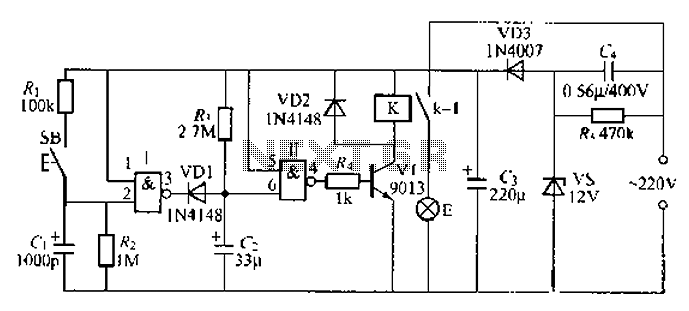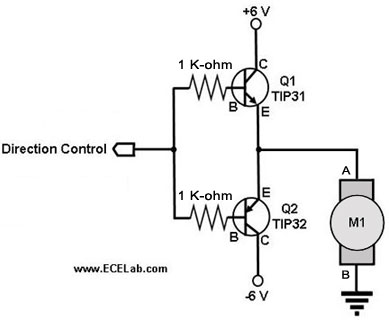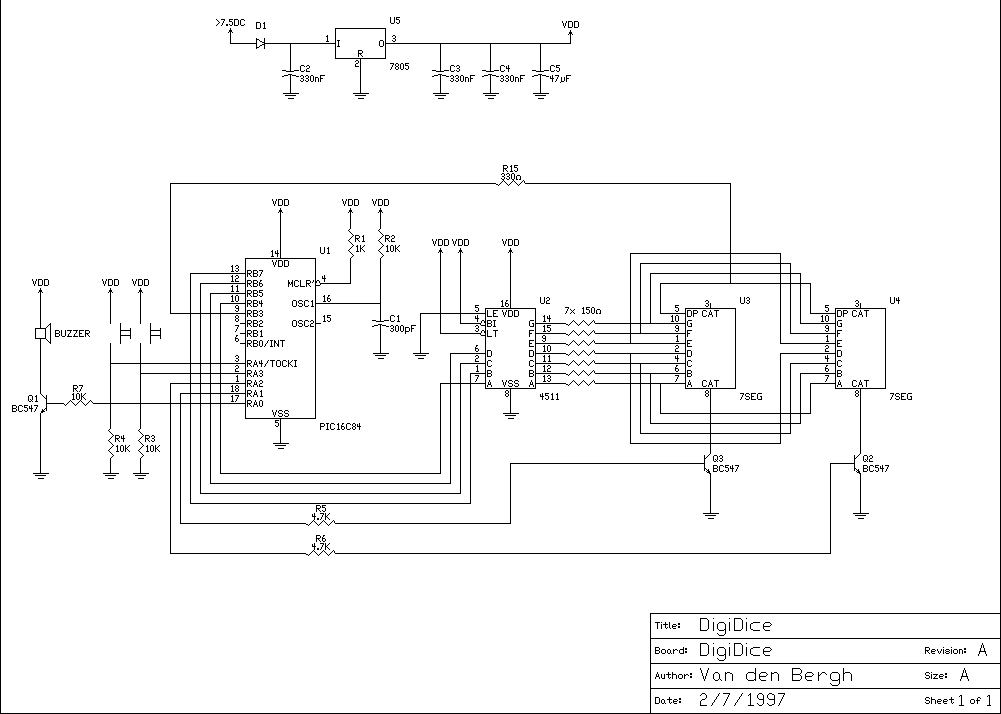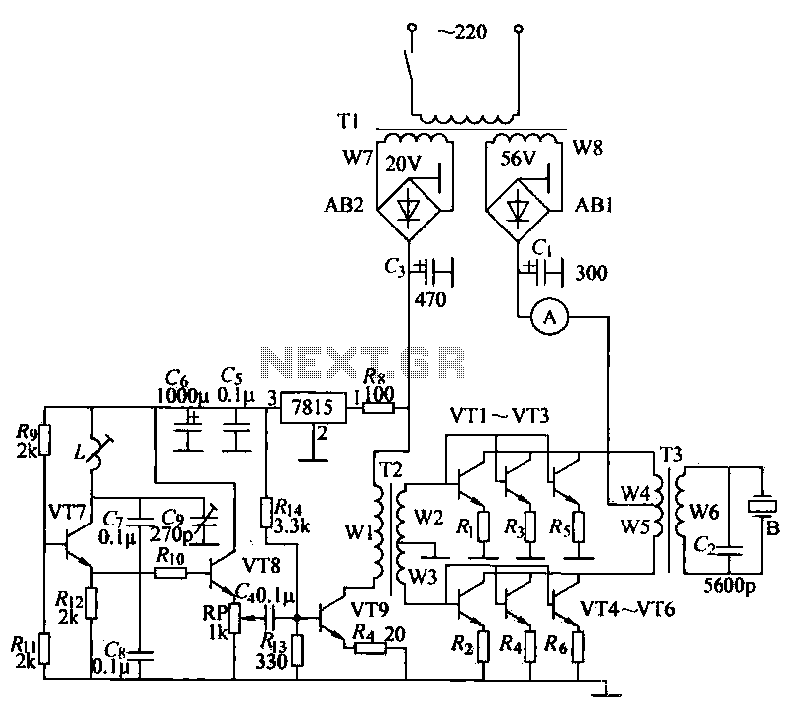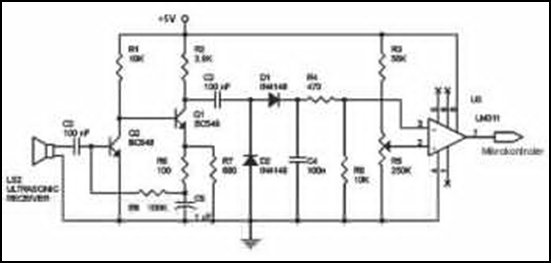
Power Line Modem Circuit for Home Automation Application
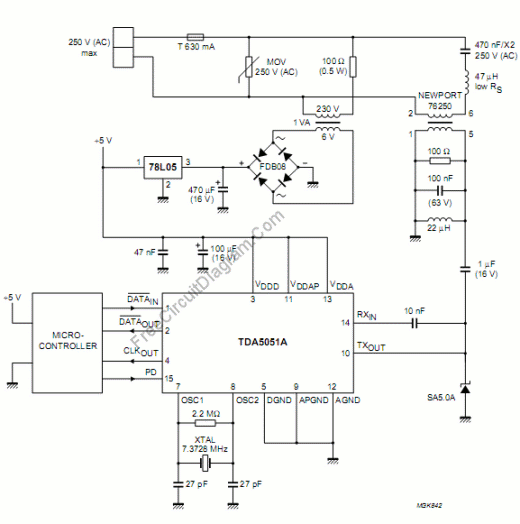
Envision a master controller device that manages other devices within a household without the need for additional wiring to facilitate data transmission.
The concept of a master controller device serves as a central hub in a smart home ecosystem, enabling seamless communication and control of various connected devices. This controller typically employs wireless communication protocols such as Wi-Fi, Zigbee, Z-Wave, or Bluetooth, allowing it to interact with smart appliances, lighting systems, security devices, and climate control systems without the need for physical connections.
The master controller is equipped with a microcontroller or a microprocessor that processes commands and manages data flow between devices. It features a user interface, which may include a touchscreen or mobile application, enabling users to monitor and control devices from a single point. The controller can be programmed to execute automated routines based on user preferences or environmental conditions, enhancing convenience and energy efficiency.
In terms of circuitry, the master controller integrates various components, including a power supply unit, wireless communication modules, input/output interfaces, and potentially a real-time clock for scheduling tasks. The power supply unit ensures that the controller operates reliably while providing sufficient voltage and current to the connected devices. The wireless modules facilitate data transmission, while the I/O interfaces may include GPIO pins for connecting sensors or additional peripherals.
Security features are also crucial; therefore, the device may incorporate encryption protocols to safeguard data transmission and prevent unauthorized access. Additionally, firmware updates can be implemented remotely to enhance functionality and security over time.
Overall, the master controller device serves as a pivotal element in modern smart home architecture, enabling efficient management and automation of household devices while minimizing installation complexity.Imagine you have a master controller device that control other devices in your house, and you don`t need to install any additional wires to facilitate the data. 🔗 External reference
The concept of a master controller device serves as a central hub in a smart home ecosystem, enabling seamless communication and control of various connected devices. This controller typically employs wireless communication protocols such as Wi-Fi, Zigbee, Z-Wave, or Bluetooth, allowing it to interact with smart appliances, lighting systems, security devices, and climate control systems without the need for physical connections.
The master controller is equipped with a microcontroller or a microprocessor that processes commands and manages data flow between devices. It features a user interface, which may include a touchscreen or mobile application, enabling users to monitor and control devices from a single point. The controller can be programmed to execute automated routines based on user preferences or environmental conditions, enhancing convenience and energy efficiency.
In terms of circuitry, the master controller integrates various components, including a power supply unit, wireless communication modules, input/output interfaces, and potentially a real-time clock for scheduling tasks. The power supply unit ensures that the controller operates reliably while providing sufficient voltage and current to the connected devices. The wireless modules facilitate data transmission, while the I/O interfaces may include GPIO pins for connecting sensors or additional peripherals.
Security features are also crucial; therefore, the device may incorporate encryption protocols to safeguard data transmission and prevent unauthorized access. Additionally, firmware updates can be implemented remotely to enhance functionality and security over time.
Overall, the master controller device serves as a pivotal element in modern smart home architecture, enabling efficient management and automation of household devices while minimizing installation complexity.Imagine you have a master controller device that control other devices in your house, and you don`t need to install any additional wires to facilitate the data. 🔗 External reference
